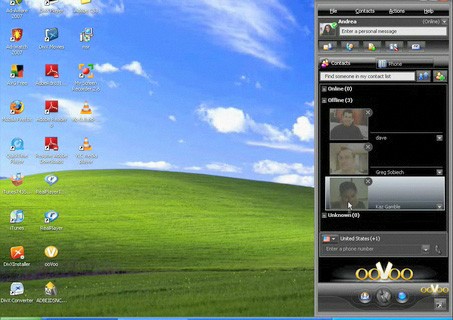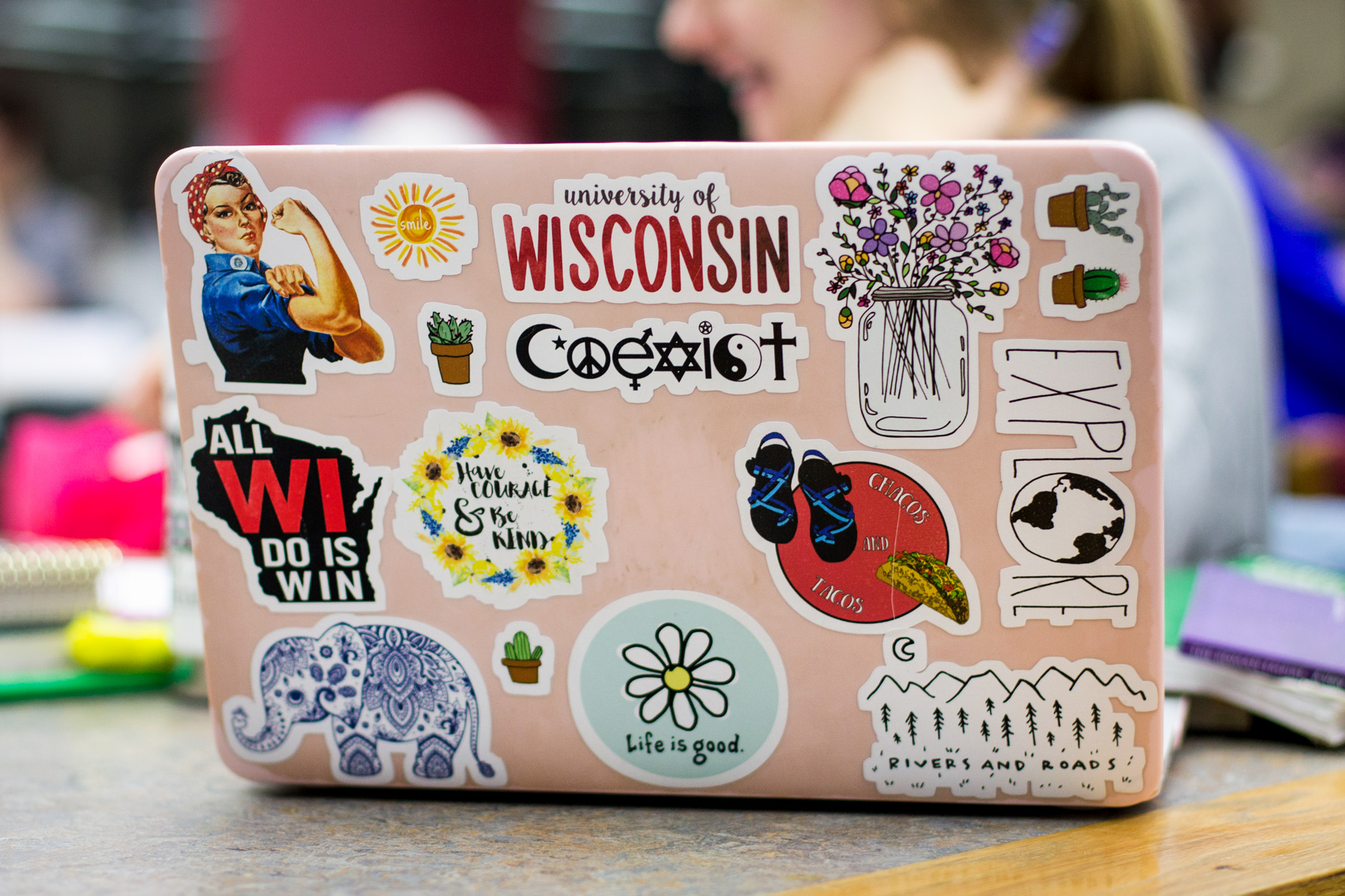

Is it sleazy or unethical to digitally edit out your pimples? Is it wrong to digitally color or thicken your hair? Are you a liar to thin your face just a bit before making that big videoconferencing presentation to a client 3,500 miles away? You would have flown there, of course, but an Icelandic volcano eruption got in the way. Remember that wonderful New Yorker cartoon: “On the internet, nobody knows you’re a dog.”? With pervasive videoconferencing, everyone will know about your pimples, weight gains, and hair loss - even far-flung colleagues and customers in New Delhi and Shanghai you’ve never met in person.

The rise of faster, cheaper, and better bandwidth may, perversely, make it easier to import our stereotypes to cyberspace.
#Oovooon laptop skin#
Parents can preach that beauty is only skin deep and societies can pass anti-discrimination laws but what people look like - and don’t look like - unquestionably influences interpersonal behaviors and expectations. More sober speculation suggests that even the most innovative technologies don’t let us escape our lizard brains. Why not make their own projected persona more animated?

Why shouldn’t there be an Avon or Estee Lauder of digital makeup? Why wouldn’t people use digital special effects to cut through the clutter to present better onscreen? People add effects to make their PowerPoint and Keynote presentations more animated. Apple could do quite well with branded “iLookBetter” apps to improve one’s videoconference aesthetic.
#Oovooon laptop software#
Telecommuters might quite happily pay good money out of their own pockets for software that lets them look terrific on broadband without having to shave or put on makeup. Digital photo editing and enhancing is already a billion-dollar global business. Could the digital motion capture technologies that made the exquisite facial expressions of the blue-hued Na’vi on Avatarpossible be cheaply adapted to amplify the attractiveness of videoconferencing faces? Even Steven Spielberg has described motion-capture as digital makeup.

Appearances may be deceiving but they’re what people see. I couldn’t help thinking I would have liked a digital enhancement or editing option that would have made my image just a smidgen more appealing. The mask concealed her unmade face and unkempt hair. In one episode, Jane Jetson, the mother in the family, held up a mask in front of her face as she participated in a video call with a friend.
#Oovooon laptop series#
This experience dredged up a repressed childhood memory of the The Jetsons, a 1960s Hanna-Barbera cartoon series set in a future of flying cars and robot servants. You want to see the image you’ll project to others. People should have the chance to pluck out that strand of spinach between their teeth, unsmudge their makeup, or pat down those unruly strands of hair. My immediate recommendation? The service should give users the opportunity to see themselves before they network into the videconference. Is that what I look like? Perhaps I should stick to the phone… As I videochatted with the immaculately groomed and well-dressed bizdev guy, my stubbly onscreen image irritated and distracted me. I was advising Oovoo, a web video-teleconferencing company, about their innovation roadmap, and I was testing their service. My sorry image wasn’t staring back at me from a bathroom mirror but from my Apple laptop. I’m not a vain person, but I looked hideous.


 0 kommentar(er)
0 kommentar(er)
